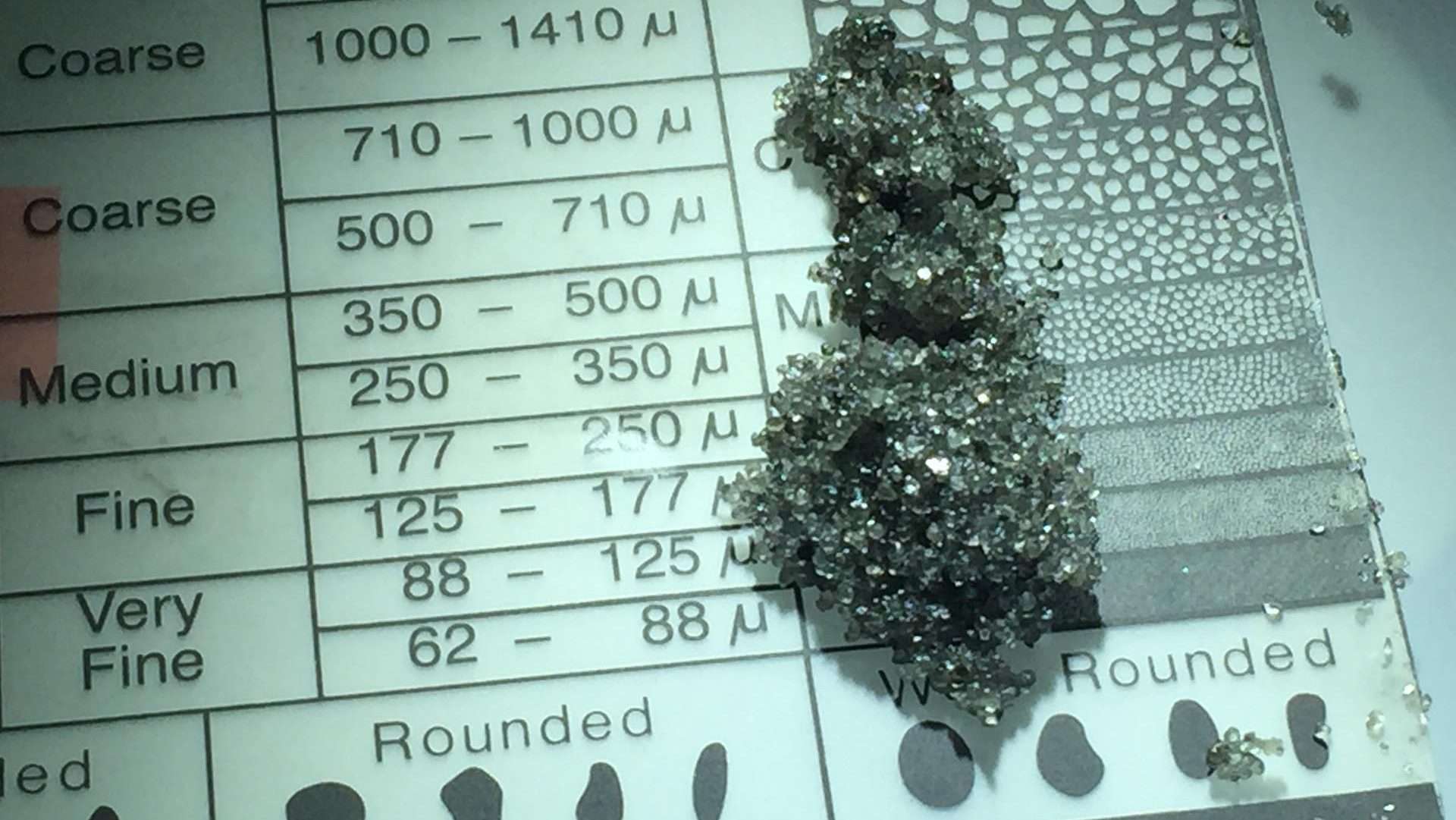Abstract
This paper presents the results of a core/ borehole televiewer log comparison done to assess the televiewer’s ability to quantitatively measure fracture intensity. Fractures identified on 150 feet of log images from a fractured Monterey reservoir in California are compared with the results of a core fracture study from the same interval. The core study described the following fracture characteristics: orientation, type, width, length, filling material, porosity, and density. The televiewer log was made with Shell’s own borehole televiewer tool. The log images are examined to try and identify core fractures described as open or porous and non-coring-induced. Results show the televiewer identified many of the fractures with a width greater than its nominal feature resolution (about 1 mm width for a fracture). For these larger fractures the average fracture intensity from the images was about one quarter that found in the core. Fractures below the tools’ nominal resolution were not readily seen. More extensive image processing is required to identify these smaller fractures from the televiewer images, if possible.



